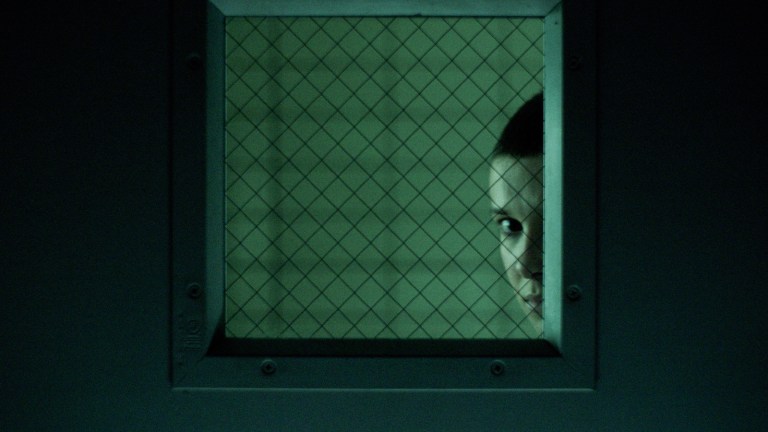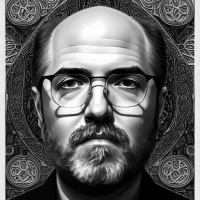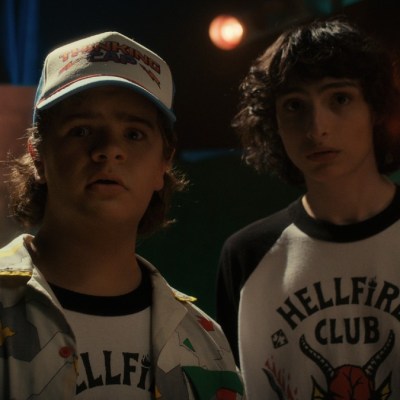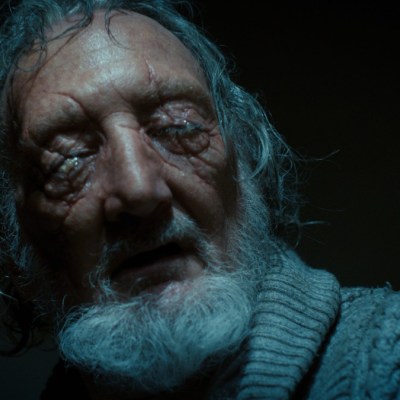How Stranger Things Season 4 Undermines The Comics
Maintaining consistency in an expanded universe can be a challenge, but Stranger Things season 4 needlessly interfered with existing prequel material.

This article contains spoilers for Stranger Things season 4.
The Stranger Things expanded universe, which is comprised of several standalone novels and comics, has some understandable inconsistencies that arise from having disconnected writers working in different media. Most of these are minor or at least can be written off as inconsequential if the television show is given canon precedence. But Eleven’s flashbacks in season 4 completely upend many ideas that prequel readers had about the activities of Dr. Brenner and the subjects of his experiments — in particular, the role of the one known as Six.
Six happens to be the title of a four issue comic series by Jody Houser that released in 2019, just before Stranger Things season 3 dropped on Netflix. It tells the story of Francine, who, because of her uncontrolled ability to see into the future, is recruited into the secret government program run by Dr. Martin Brenner at Hawkins National Laboratory. The series was popular enough that her tale continued in 2020’s The Fire Within, which followed Six’s escape alongside subjects Three and Nine.
The storyline builds on the idea of other subjects besides Eleven still being out there, each with their own mental power. Stranger Things season 2, viewers will recall, introduced us to Kali, a.k.a. Eight, who could create illusions in the minds of others and who was bent on vengeance against the doctors of Hawkins Lab. The latest season, however, seems to eliminate any future possibility of escaped subjects with its 1979 massacre.
No problem, readers might say, Francine and the others in the Houser comic escaped a year earlier in 1978; Six, Three, Nine, and of course Eight could still be at large without breaking continuity. However, listen closely in Stranger Things season 4 when Dr. Brenner calls the subjects forward to challenge Two in a blindfolded telekinetic battle. The first challenger? A young man called Six who bears no resemblance to the red-haired teen of the comics.
It doesn’t seem like such a big deal until one considers that they could have picked practically any other number and avoided the controversy. “Twelve, please open the door” — fine. “Nice Magic 8-Ball, Ten” — no problem. Why choose Six? There were sixteen children lined up along the wall watching Two manipulate the circle of lights earlier in Stranger Things season 4. There were plenty of options available.
It’s not as though prequel continuity wasn’t already being discussed among Stranger Things writers. In a 2019 Gizmodo interview, Houser mentions that she was specifically told that subject One was off limits for the comics, and now that season 4 has aired, it’s easy to see why that was a rule. But why establish such a restriction for the expanded universe without making it a two-way street of mutual respect, taking into account existing material?
The Stranger Things comics present their own inconsistencies, of course, including the introduction of number Six in the late ‘70s even though number Eleven would presumably have been brought in earlier in that decade — the numbers don’t line up. One might argue that perhaps the numerical designations are re-used if a subject leaves, dies, or is dismissed, but that seems extremely unlikely given that the identifying wrist tattoos have three digits with leading zeroes, creating the potential for hundreds of subjects.
Perhaps Houser or some other comic book writer can incorporate Stranger Things season 4’s 1979 massacre into the expanded universe lore, with Six, Nine, Three, and Eight still at large. Six has had visions of waffles and of creatures of the Upside Down; maybe her precognition will also alert her to the deaths of her fellow subjects. If not for that anomalous second Six, repairs could be made to the story continuity. As it is, readers will just have to be content with the expanded universe as a kind of really well written and illustrated but disappointingly non-canon fan fiction.


